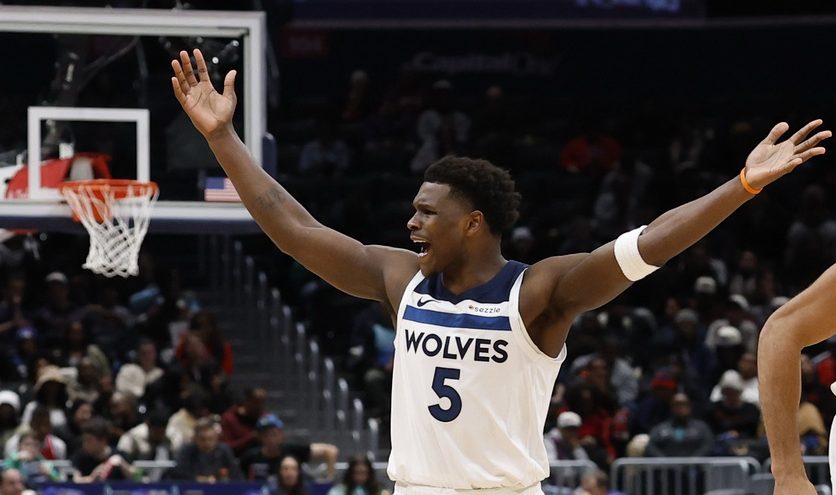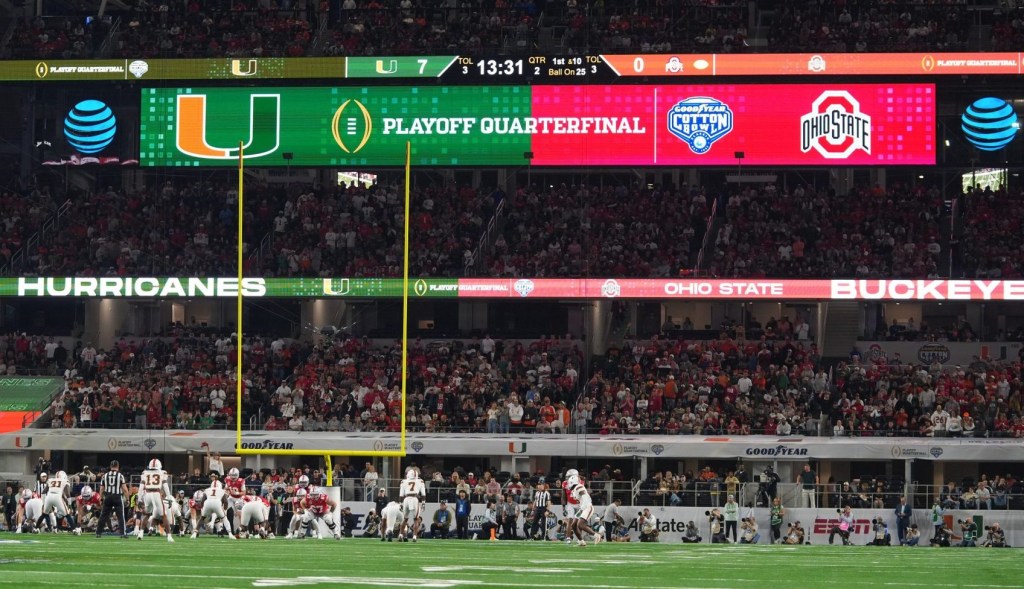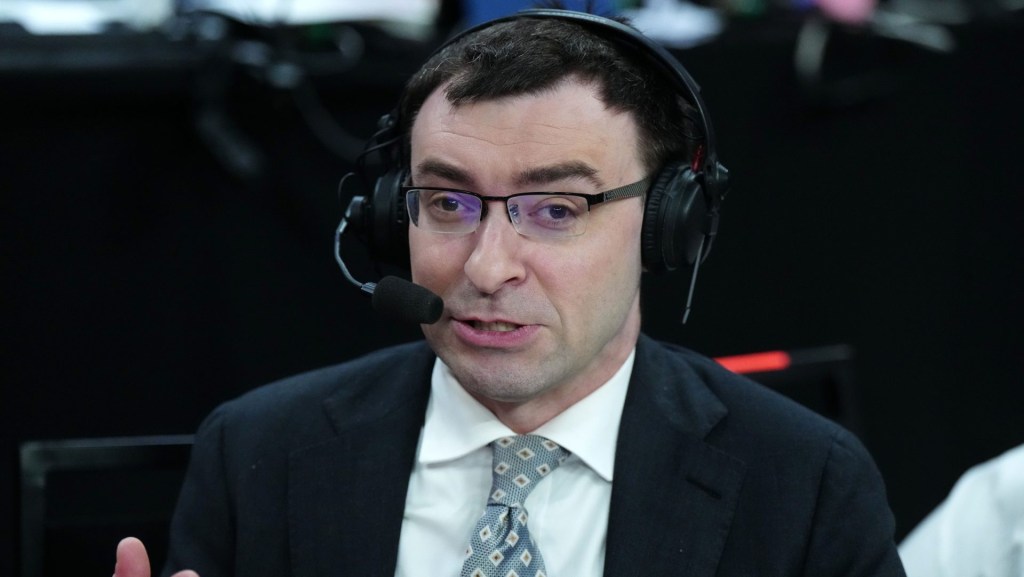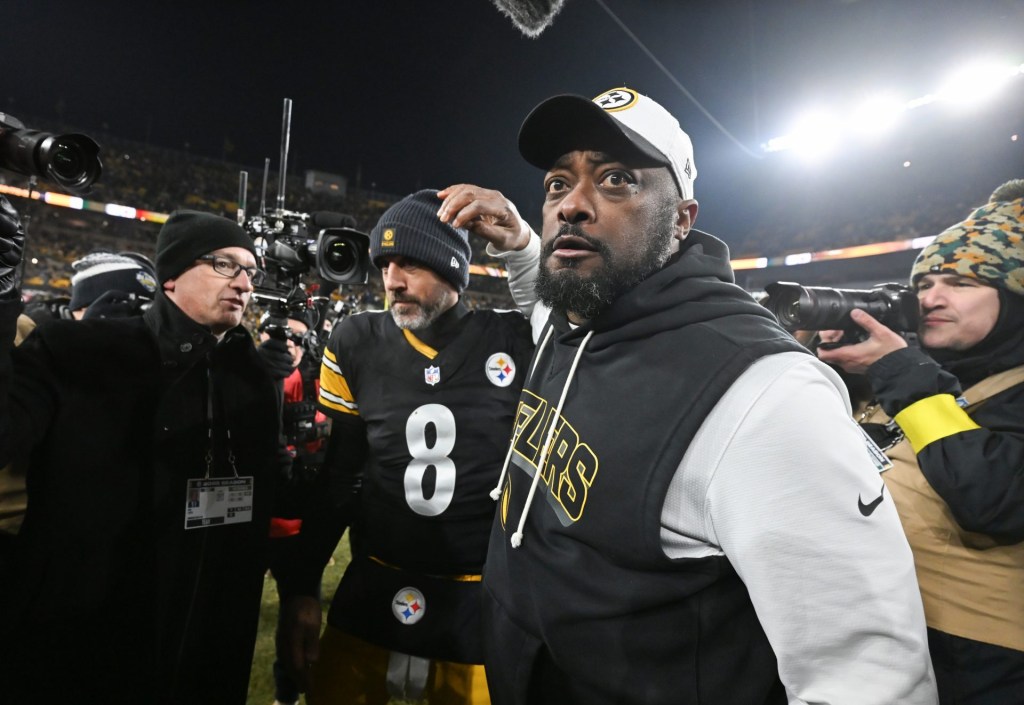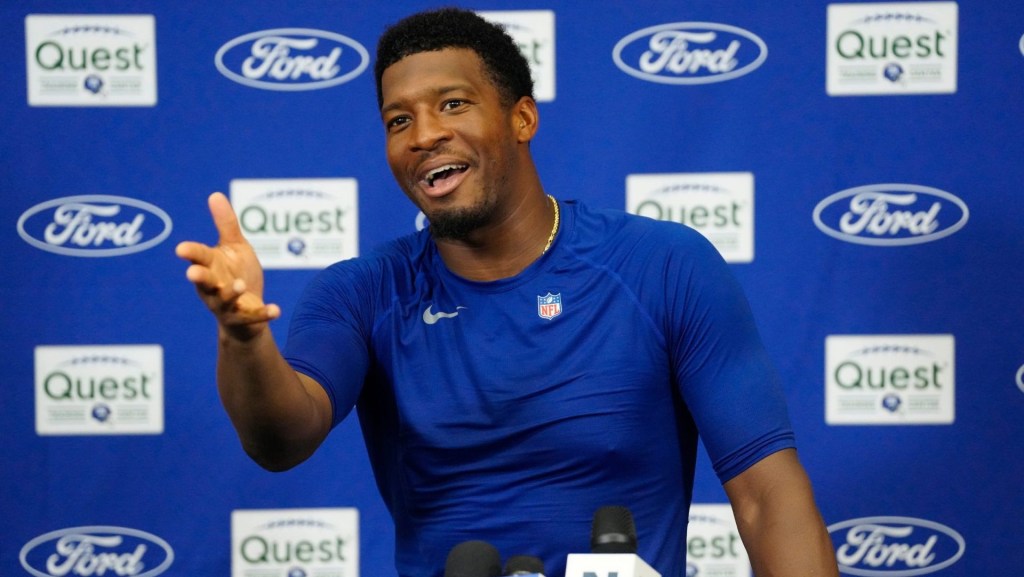
Photo by Manuel Velasquez/Bundesliga/DFL
The Bundesliga has a very straightforward goal for what it wants to accomplish in the Americas: vastly increase awareness, engagement and audience. The road toward getting there is more complicated. But according to Arne Rees, Bundesliga Americas executive vice president of strategy, the bottom line all comes down to money.
“The way sports media works, with very few exceptions, is expanded audience makes you more money,” Rees said. “If we create more audience, we’ll make more money. We won’t make more money if we don’t create more audience.”
The league has steadily seen its international media rights increase, according to a recent study by The Harvard Business Review. To capitalize better on international markets, Bundesliga vertically integrated and essentially became a media company, resulting in €250 million per season in international rights, up from €71.5 million the prior three years and €12 million in the 2004-to-2007 cycle, according to the study.
READ MORE: Univision Deportes Plans to Dominate US Soccer Viewership
To build on those rights, the league has invested in offices in important growth markets. Bundesliga opened up a New York City office in the fall and now has five-person staff focused on growing the brand awareness in North and South America as well as preparing for negotiations of media rights when they expire. It’s a larger step in the mold of Bayern Munich, the league’s premier side, who opened a New York office several years ago and has since made great strides gaining a foothold in the United States.
The first several months was putting together a plan of action, but once the Bundesliga Americas team gets back from the approval trip to Germany next week, they’ll be “locked and loaded,” Rees said. While the office’s territory includes both North and South America, league officials know the U.S. needs to be the initial focus. The long-term brand building by the Bundesliga Americas team will be key in helping Rees succeed in his main focus: media rights.
“[The U.S.] is where we have the most work and most upside to create,” Rees said. “The U.S. constitutes nearly 50 percent of the global media market. It’s enormous. If you’re mildly successful here, you’re overall very successful.
“It’s a very worthwhile activity to try to put resources to win more pieces of the pie.”
The U.S. soccer pie wasn’t very large a decade ago, but plenty of indicators point toward the sport being the fastest growing in the U.S. The data Bundesliga has gathered indicates there are more than 59.6 Million soccer fans in the U.S., and that number is only growing.
“From all the data we’ve seen, it’ll only continue to grow,” Rees said. “The generations coming up are really very interested in soccer. It doesn’t seem like a blip, short-term or a fad. It seems to really be a change.”
Bundesliga is far from the only European league to recognize the potential of the U.S. soccer market. The English Premier League has made strong inroads over the past couple decades and is by far the most prominent international league in the U.S.
[mc4wp_form id=”8260″]
The Spanish LaLiga is making similar investments like the Bundesliga and detailed the topic at South by Southwest in March. There, LaLiga North America CEO Boris Gartner explained European leagues have maxed out their revenue capabilities locally and now look to the U.S. as a growth opportunity.
“LaLiga is motivated to go and develop the brand here and invest in it, rather than just get in and four years get a better TV deal,” Gartner said.
For now, the European leagues making their way into the U.S. don’t figure to get in each others’ ways. Rees believes a consumer watching Real Madrid in LaLiga won’t say no to a Bundesliga match; instead, they would probably be more likely to tune in. European soccer fans realistically have the capacity to follow a team from each league, rather than the localized fandom that’s often inherent to following the four major professional sports leagues within the United States.
“Right now, interest levels are growing so much, everybody benefits,” he said. “I have no idea if in 10 years we’ll be in a food fight for the same fan, but it’s not exclusive right now.”
Rees said a main strategy to foster U.S. growth will be the production of off-the-field storytelling content to help introduce interesting stories from the Bundesliga to American views. While the league doesn’t have the Premier League and LaLiga’s inherent advantages when it comes to language similarities within primary U.S. demographics, the league can and will leverage its status as the place where U.S. National Team stalwarts like Landon Donovan, Christian Pulisic and John Brooks have all grown their games.
READ MORE: ‘We Are LAFC’ Shows Off Exclusive Content Opportunity for MLS, ESPN
“The Bundesliga has this interesting thing about it that wasn’t planned — it’s just happened — but becoming a port of call for American players overseas,” Rees said. “Part of it is historical as there were a lot of permanent troops, their kids like Timothy Chandler and Jermaine Jones growing up there and becoming backbones of the U.S. National Team.
“We have this story to tell of being an incubator for American talent.”
Bundesliga leadership knows there’s a wealth of opportunity in the U.S. and will start building its brand in America to make more money. When and how that’s accomplished is yet to be determined.
“The goal is simple, the measurement is not so simple,” he said. “We’ll be coming at it at many angles for long-term brand building.”









